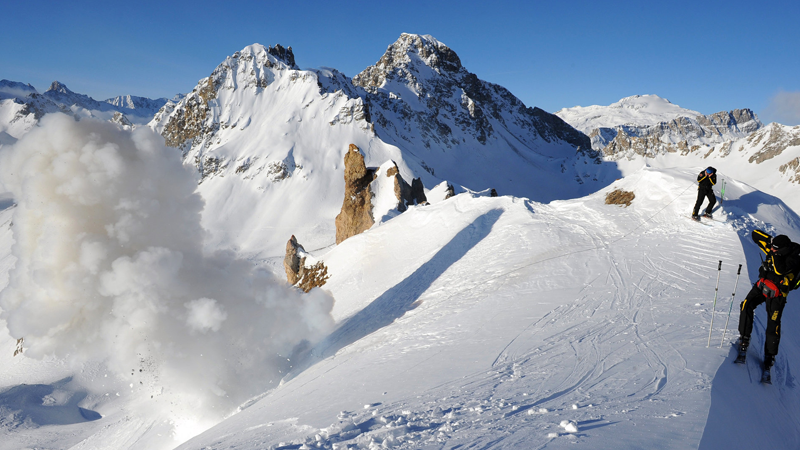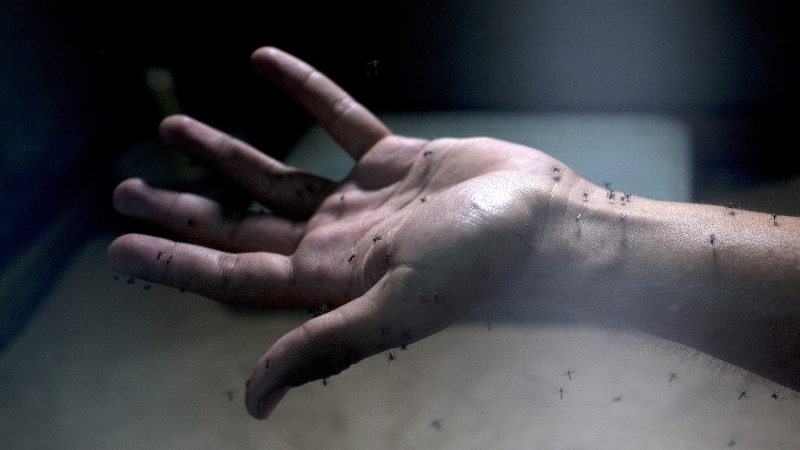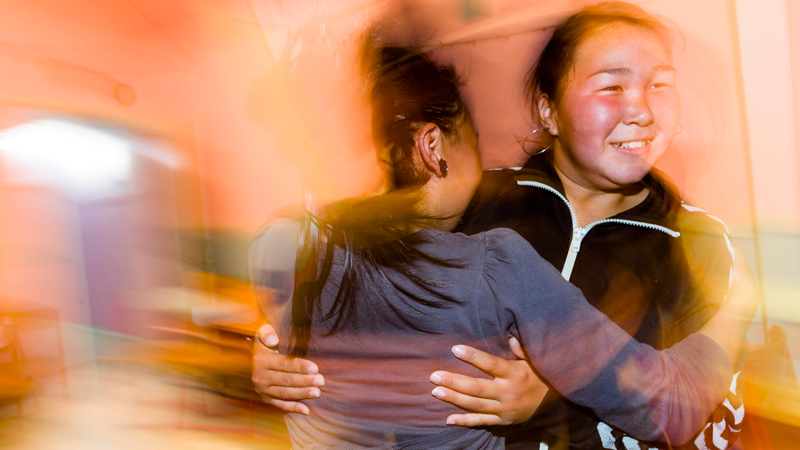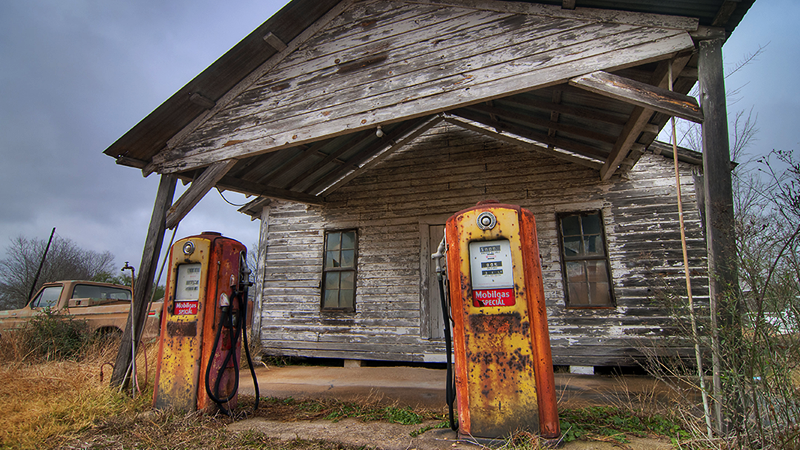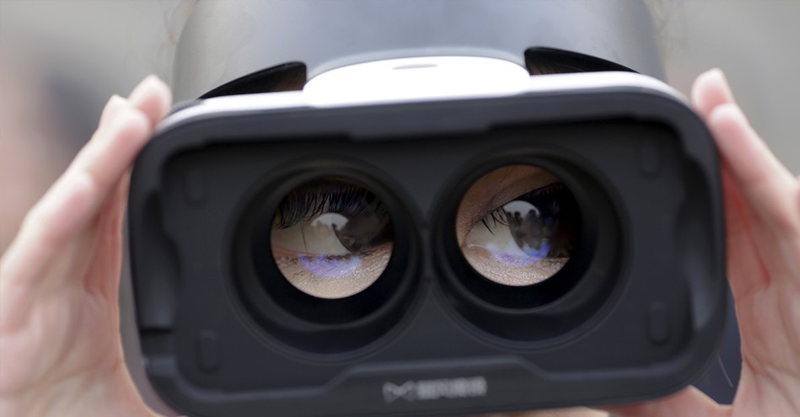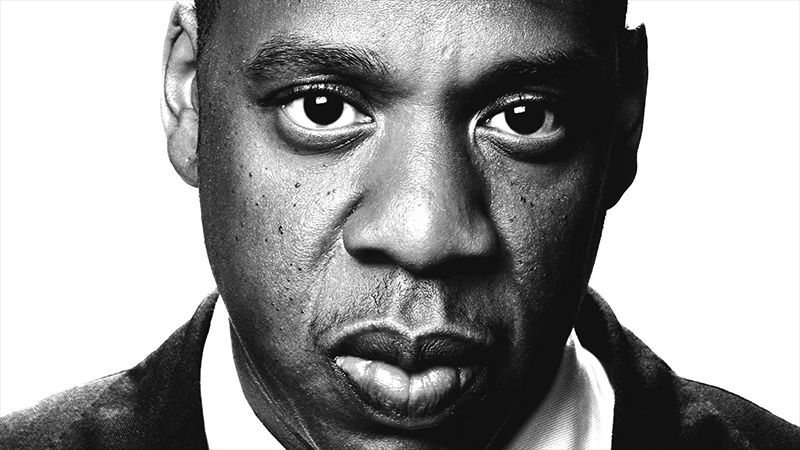Every year, about 30 Americans die in avalanches, with an additional 110 deaths in Canada and Europe. Skiers and snowmobilers account for the vast majority of these deaths.
Jordy Hendrikx has lost friends and a student to such disasters. An earth sciences professor and director of the Snow and Avalanche Laboratory at Montana State University, Dr. Hendrikx studied the geophysics of snow for a decade before he decided that, to prevent avalanche accidents, human behavior in the backcountry needed to be better understood.
Scientists have a good grasp on how weather and terrain contribute to avalanches. Research suggests avalanche forecasts have about an 80 percent accuracy rate. But human activity is a huge — and unpredictable — factor in avalanches.
“Avalanches aren’t just acts of God,” Dr. Hendrikx said. “About 90 percent of avalanche victims trigger the avalanche themselves.”
These accidents are rarely a result of ignorance. People traveling in the backcountry usually understand avalanche forecasts and know how to read the terrain. What they are unaware of, Dr. Hendrikx believes, “is how they make decisions in a group, under different settings and different pressures.”
To untangle these decision-making processes, Dr. Hendrikx teamed up with Jerry Johnson, a professor of political science at Montana State University, to start their Tracks Project in 2013.
The project relies on backcountry skiers and snowmobilers who record their slope movements and answer survey questions using their smartphones. The researchers have collected reports from more than 800 people around the world.

